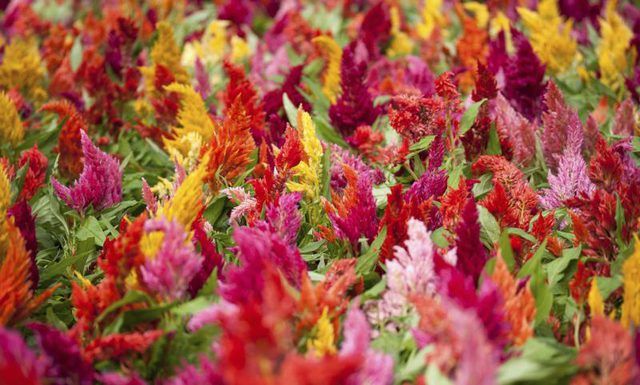Bulbs
Flower Basics
Flower Beds & Specialty Gardens
Flower Garden
Garden Furniture
Garden Gnomes
Garden Seeds
Garden Sheds
Garden Statues
Garden Tools & Supplies
Gardening Basics
Green & Organic
Groundcovers & Vines
Growing Annuals
Growing Basil
Growing Beans
Growing Berries
Growing Blueberries
Growing Cactus
Growing Corn
Growing Cotton
Growing Edibles
Growing Flowers
Growing Garlic
Growing Grapes
Growing Grass
Growing Herbs
Growing Jasmine
Growing Mint
Growing Mushrooms
Orchids
Growing Peanuts
Growing Perennials
Growing Plants
Growing Rosemary
Growing Roses
Growing Strawberries
Growing Sunflowers
Growing Thyme
Growing Tomatoes
Growing Tulips
Growing Vegetables
Herb Basics
Herb Garden
Indoor Growing
Landscaping Basics
Landscaping Patios
Landscaping Plants
Landscaping Shrubs
Landscaping Trees
Landscaping Walks & Pathways
Lawn Basics
Lawn Maintenance
Lawn Mowers
Lawn Ornaments
Lawn Planting
Lawn Tools
Outdoor Growing
Overall Landscape Planning
Pests, Weeds & Problems
Plant Basics
Rock Garden
Rose Garden
Shrubs
Soil
Specialty Gardens
Trees
Vegetable Garden
Yard Maintenance
How to Save Cockscomb Seeds
How to Save Cockscomb Seeds. Prized for its velvety or plumed flower heads, cockscomb (Celosia argentea var. crista) produces mature seed in the fall within the flower heads. Gardeners can cut and dry the mature blooms to use in dried flower arrangements, and as a bonus, retrieve the seeds for next year’s planting after the drying process....

Prized for its velvety or plumed flower heads, cockscomb (Celosia argentea var. crista) produces mature seed in the fall within the flower heads. Gardeners can cut and dry the mature blooms to use in dried flower arrangements, and as a bonus, retrieve the seeds for next year’s planting after the drying process. Cockscombs are perennials in U.S. Department of Agriculture plant hardiness zones 10 and 11, but grace garden and flower beds as annuals elsewhere.
Hybrid and Open-Pollinated Varieties
If your cockscombs were purchased as seedlings at a garden center, there’s a good chance they may be hybrid varieties. These plants will produce viable seed, but may not produce a similar plant in the next generation. The celosia family is divided into four groups: Celosia argentea cristata, with crested flowers resembling rooster combs; Celosia argentea plumosa, with plumed flowers; Celosia argentea childsii, which has globe-shaped flowers; and Celosia argentea spicata, which produces wheat-shaped blooms. Widely grown hybrid varieties in the crested family include "Chief" and "Empress." Commonly grown plumed hybrids are "Apricot Brandy," "Castle" and "Century." "Amish Red" and "Amish White" cockscomb are taller, open-pollinated crested types that will come true from seed.
Saving for Desirable Qualities
Save cockscomb seed from fully mature plants late in the season. Cut the flower heads on a dry day, allowing a generous stem on each plant. Select flower heads from the healthiest plants, bypassing any with obvious signs of disease or weather damage. You can additionally select mother plants for the characteristics you desire, such as large flower heads, early maturity, color depth and particular vigor.
Drying Plants and Collecting Seed
Gather the flower heads into bunches of two or three stems, tying the base of the stems together with twine or rubber bands. Hang the flower heads upside down in a warm, airy location out of direct sunlight. The small black seed is found in the flower bases, and as the plant dries, seed will often begin to fall out. You can place a sheet under the hanging bunches to collect the seeds. Alternatively, put the fully dried heads into a paper bag, close the bag, and if you are not planning to use the flower heads for dried arrangements, lightly crush the flower heads. This will release the seed, which will fall into the bottom of the bag.
Storing Cockscomb Seed
To protect your cockscomb seeds from deterioration, place them in a paper envelope, labeled with date and variety. Put the envelope in a glass container with a lid. Keep the seeds in a dry, dark and cool location until ready for planting. Good locations for long-term storage include the refrigerator or freezer. If you store them under cold conditions, allow the container and seed to warm to room temperature before planting. Properly stored cockscomb seeds are viable for about four years.